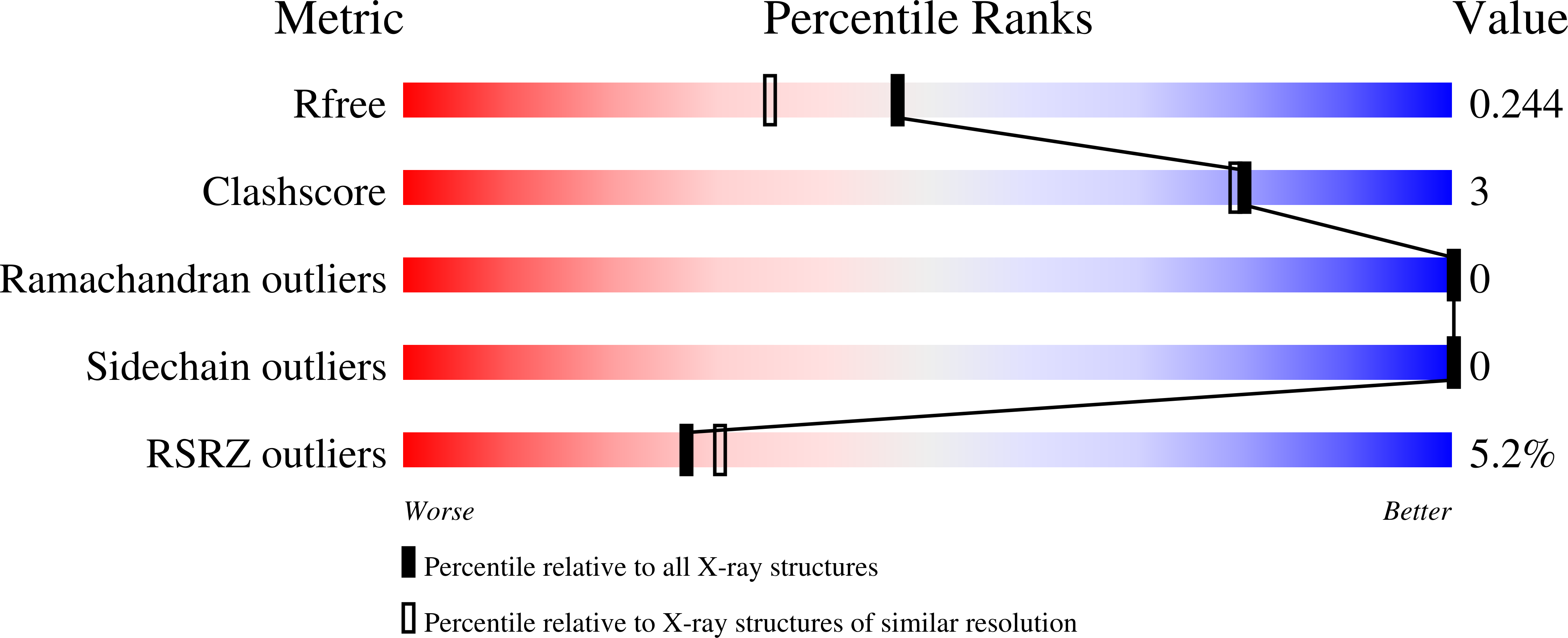
Deposition Date
2017-10-18
Release Date
2018-05-23
Last Version Date
2024-11-13
Entry Detail
PDB ID:
6BBE
Keywords:
Title:
Structure of N-glycosylated porcine surfactant protein-D
Biological Source:
Source Organism:
Sus scrofa (Taxon ID: 9823)
Host Organism:
Method Details:
Experimental Method:
Resolution:
1.90 Å
R-Value Free:
0.25
R-Value Work:
0.22
R-Value Observed:
0.22
Space Group:
P 63


